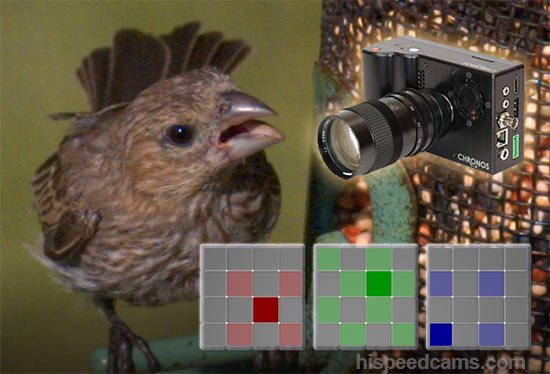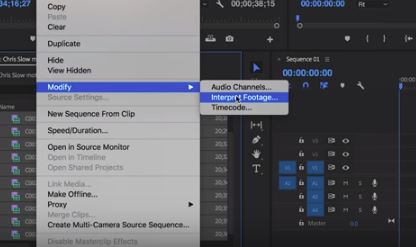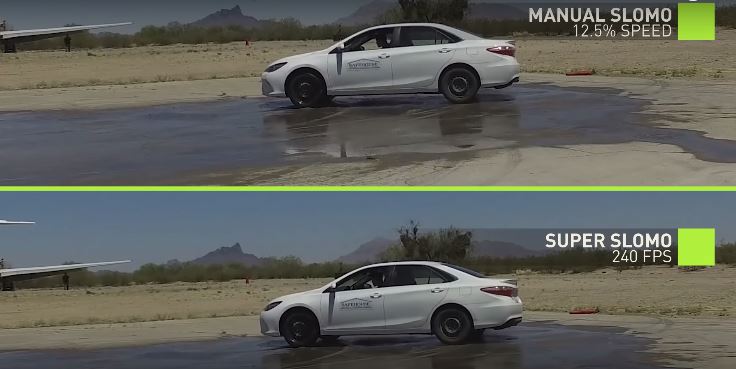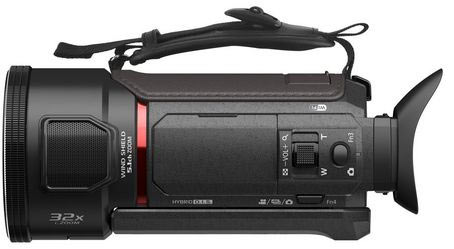Blackmagic Design may have just solved the problem of RAW video capture for any camera and every type of user. In essence, it gives the benefits of RAW capture while allowing flexibility in file size depending on production needs. It is a compressed format but by using a clever demosaic algorithm that happens in-camera, it shrinks the file size much more than other formats while preserving quality and RAW features like White Balance, ISO, exposure, NR, clarity and color bit depth.
For Slow motion cameras, it may be the codec of the future as it will allow the best quality without the enormous file sizes associated with image sequences like DNG or other RAW formats. Being open source and free of licenses it aims to be adopted by the entire industry faster than other formats and will be free of the platform-specific nature of codecs like Apple’s ProRes which only works on Mac OS X. The Blackmagic RAW beta is already available here!






